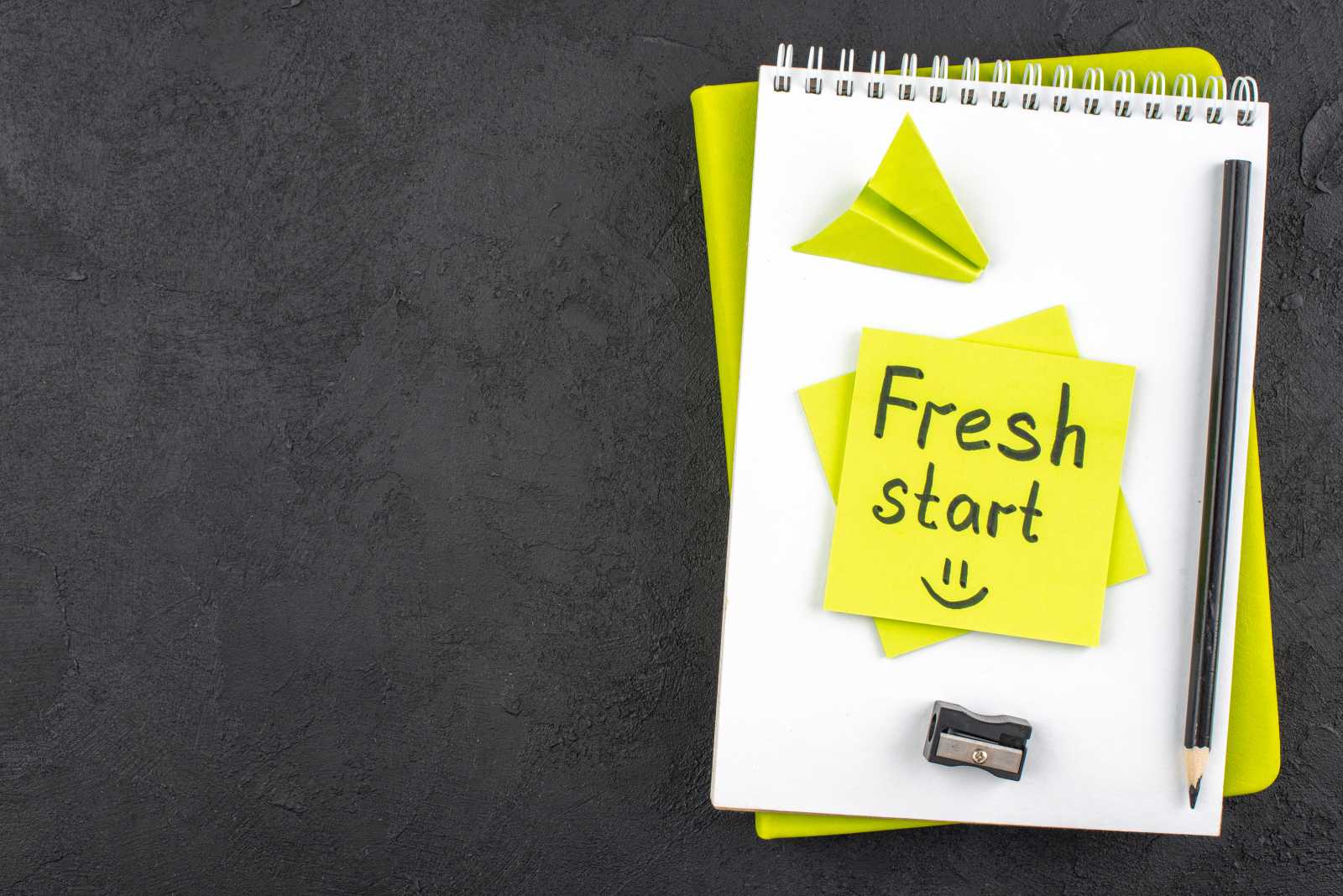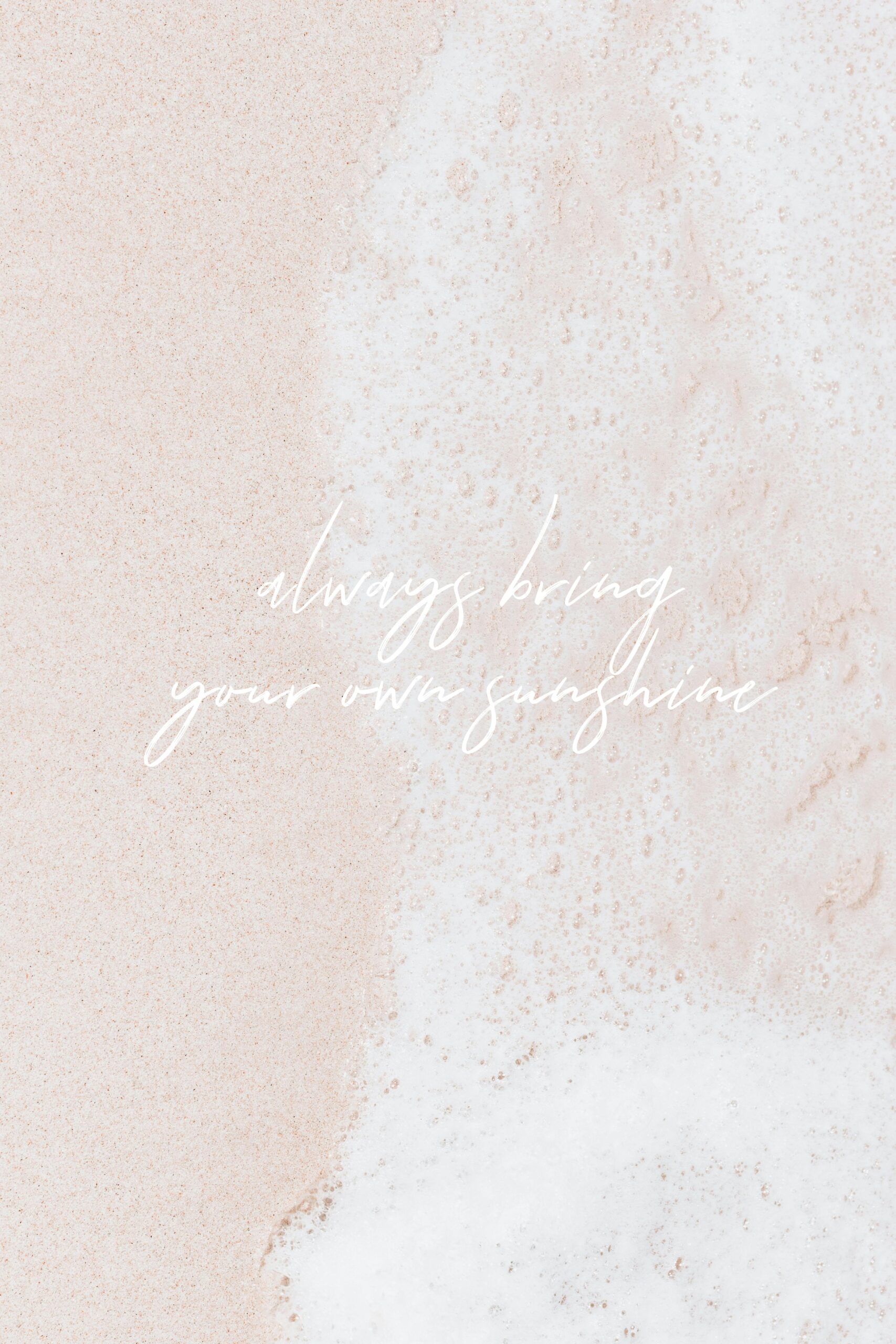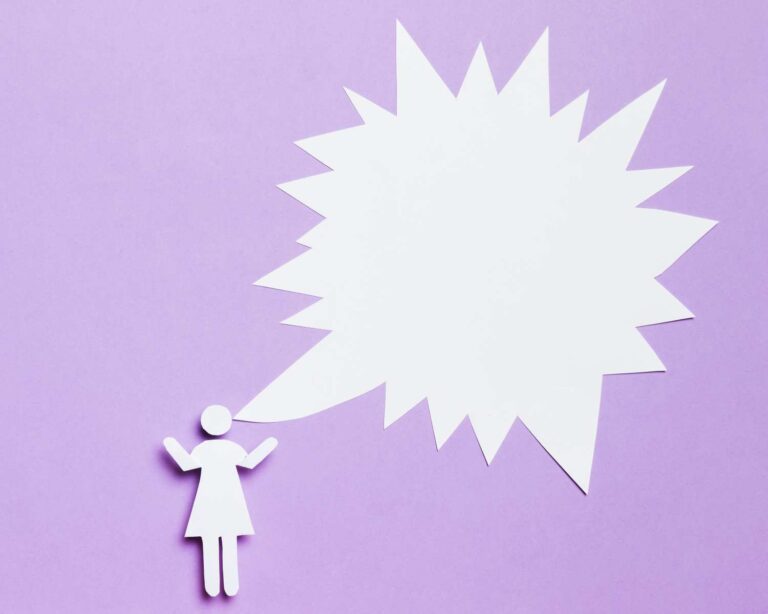Save your day: How to reset your day when it’s already going wrong
You spilled coffee on your shirt at 9 AM. Your morning meeting went sideways. You forgot to send that important email. Someone said something that put you in a bad mood. And now it’s 2 PM and you’re thinking, “Well, today’s already ruined. Might as well write it off.”
Here’s what I know: You’re treating your day like it’s one solid block that’s either good or bad. Like once it tips into “bad day” territory, that’s it. The verdict is in. Tomorrow’s a fresh start, but today? Today’s toast.
That’s not how days actually work.
Your day isn’t one continuous thing. It’s a series of moments, and you can shift the trajectory at any point. Not by pretending the hard stuff didn’t happen, but by choosing what happens next.
Why we write off “bad days” so easily
Your brain loves patterns. Once it decides “today is going badly,” it starts collecting evidence. Every minor annoyance becomes proof. Every small frustration gets added to the pile.
You’re late to a meeting? See, terrible day. You can’t find your keys? Of course not, it’s one of those days. Someone’s short with you? Obviously, because everything’s going wrong.
Your brain isn’t trying to torture you. It’s trying to make sense of things by creating a coherent story. And right now, the story it’s telling is: “This is a bad day.”
But here’s the thing – that story is optional.
The midday reset isn’t about toxic positivity or pretending your morning didn’t suck. It’s about refusing to let one hard chunk of time hijack the entire day.

The 3-step save your day reset
Step 1: Name what actually happened
Get specific. Not “everything went wrong” – what actually went wrong?
Write it down or say it out loud: “I was late. I forgot that deadline. I said something I regret. That conversation didn’t go well.”
This interrupts the spiral. When you name the actual events instead of the vague feeling of “bad day,” your brain realizes it’s dealing with three or four specific things, not some massive catastrophe.
Step 2: Ask: What’s still working?
This is the part your brain will resist. It wants to stay in “everything’s terrible” mode because that feels consistent with the story it’s already building.
But force yourself to answer anyway:
- What’s going okay right now?
- What haven’t you screwed up today?
- What’s one small thing you’re handling?
Maybe it’s just: “I’m breathing. I showed up. I’m still trying.”
That counts.
Step 3: Choose one redirect
You’re not fixing your whole day. You’re choosing one small thing that shifts your trajectory right now.
Ask yourself: What’s one thing I can do in the next hour that will make this day feel slightly less like a disaster?
Maybe it’s:
- Send that email you forgot
- Take a 10-minute walk outside
- Have a five-minute conversation with someone who doesn’t drain you
- Eat something that isn’t from a vending machine
- Close your eyes for two minutes and just breathe
- Do one task you’ve been avoiding that would feel good to complete
- Do something for yourself that makes you feel good
Pick one. Do it within the next hour.
The emergency day reset (when you need something faster)
Sometimes you don’t even have five minutes. You’re in the middle of a spiral and you need an immediate circuit breaker.
The bathroom reset: Go to the bathroom. Splash cold water on your face. Look yourself in the eye and say one true thing: “This feeling will pass. I’ve survived harder. This day isn’t over yet.”
The body interrupt: Do 10 jumping jacks. Shake your hands like you’re flinging water off them. Stretch your arms overhead. Your brain and body are connected – sometimes the fastest way to shift your mental state is to move your body first.
The music switch: Put on one song that changes your energy. Not something that matches your bad mood – something that interrupts it. Something that makes you move or breathe differently.
The gratitude redirect: Text someone and tell them one specific thing you appreciate about them. Not because you’re trying to be a good person, but because shifting your focus outward for 30 seconds interrupts the inward spiral.
The future-you question: Ask yourself: “When I’m lying in bed tonight, what’s one thing I could do right now that would make me feel better about how I handled this day?”
Then do that thing.

The situation-specific resets (for when you need exactly what to do right now)
Different types of bad days need different resets. Here’s what to do based on what’s actually going wrong:
When you’re overwhelmed by your to-do list:
Don’t look at the whole list. Pick the ONE thing that, if you did it right now, would give you the most relief. Not the most important thing. Not the thing you “should” do. The thing that would make you exhale.
Do that thing. Nothing else exists for the next 30 minutes.
When you had a difficult conversation or conflict:
Go somewhere private. Say out loud what you wish you’d said, or what you’re feeling right now. Get it out of your system – your car, a bathroom stall, a walk outside. Sometimes you just need to voice it before you can move forward.
Then ask: “What do I need to do next to take care of myself?” Maybe it’s texting a friend. Maybe it’s just getting through the next hour without thinking about it.
When you made a mistake and can’t stop replaying it:
Set a timer for 5 minutes. Let yourself fully spiral – worst case scenarios, self-criticism, all of it. When the timer goes off, you’re done.
Then ask: “What’s the one action I can take right now to address this or move forward?” Send the apology. Fix the error. Ask for help. Make the call.
Action interrupts rumination.
When you’re physically exhausted:
Your redirect isn’t productivity. It’s survival.
Cancel one thing. Lower your expectations for the rest of the day by 50%. Go into triage mode: What absolutely has to happen today? Everything else can wait.
Then do one thing that restores even 10% of your energy – close your eyes for 5 minutes, eat something with actual nutrition, get outside for 3 minutes.
When someone ruined your mood:
Don’t try to logic yourself out of being upset. Feel it for a minute. They pissed you off. That’s ok.
Then decide: Do I need to address this with them, or do I need to just get this energy out of my system?
If you need to address it: Figure out when and how you’ll have that conversation.
If you just need to release it: Move your body (walk, stretch, shake it out), vent to someone uninvolved, or write it out and delete it.
Don’t carry someone else’s energy through your entire day.
When nothing specific went wrong, you just feel off:
Sometimes bad days don’t have a reason. Your nervous system is just activated, your mood is low, everything feels harder than it should.
Your reset is gentleness: “Today I’m operating at reduced capacity and that’s okay.”
One small act of kindness toward yourself – good coffee, a few minutes outside, your favorite playlist, texting someone who gets you.
You don’t have to fix it. You just have to not make it worse by beating yourself up about feeling off.
When you’re behind and panicking:
Stop. Breathe. Reality check: What actually happens if you don’t finish everything today?
Usually? Nothing catastrophic.
Choose the top 3 things that genuinely matter. Everything else is tomorrow’s problem.
Then work on thing 1 until it’s done. Not perfect. Done.
When you’re stuck in comparison (someone else’s success is making you feel bad):
Close social media. Seriously, close it.
Write down 3 things you’ve done recently that you’re proud of. They don’t have to be impressive. They just have to be true.
Remind yourself: Their timeline isn’t your timeline. Their path isn’t your path. Their success doesn’t diminish your worth.
Then do one thing that moves YOUR life forward, not that performs well for an audience.

What a day reset actually changes
It doesn’t erase your morning. It doesn’t magically fix whatever went wrong. And it doesn’t guarantee the rest of your day will be perfect.
What it does is this: It breaks the story that today is already ruined.
Because here’s what happens when you don’t reset – you start making decisions from the “this day is already terrible” mindset. You skip the workout because why bother. You order takeout instead of cooking because the day’s already a wash. You’re short with people because you’ve decided today is a write-off anyway.
And then tonight, when you’re going to bed, you look back and think, “Yep, terrible day. Nothing went right.”
But the truth is, only your morning was hard. You just spent the entire afternoon and evening confirming that story instead of writing a new one.
The reset interrupts that pattern. It says: “That happened. And now I’m choosing what happens next.”
The cost of writing off your day
Every time you write off a day at noon, you’re training your brain that once things go wrong, you’re powerless to change course.
You’re teaching yourself that your entire day’s trajectory is determined by your first few hours. That one bad meeting means a bad day. That one mistake means you might as well quit trying.
That’s a brutal way to live.
Because life is going to keep handing you hard mornings. Difficult conversations. Unexpected problems. Mistakes you can’t take back.
If your only option is to wait until tomorrow for a fresh start, you’re giving away half your life.
The 3-question emergency framework
When your day is going sideways and you can’t think straight, you don’t need a long article. You need three questions you can actually remember.
Save these in your phone. Memorize them. Pull them out when you’re spiraling:
- “What actually happened?” (Get specific, stop the story)
- “What’s still in my control?” (Find your power)
- “What’s one small move that helps?” (Take action)
That’s it. Three questions. They work every single time because they interrupt the spiral, redirect your focus, and give you something to do.

The questions you’re probably asking
“What if the rest of my day actually does go badly after I reset?”
Then you tried. And trying always beats giving up at noon and spending six hours confirming your own worst expectations. You’re not resetting to guarantee a perfect afternoon – you’re resetting because you refuse to abandon yourself halfway through the day.
“What if the thing that went wrong is actually really big?”
Then the reset looks different. If something genuinely significant happened – you got terrible news, you lost something important, you’re dealing with real grief or crisis – then your reset might just be: “I’m going to be gentle with myself for the rest of today. I’m going to get through this one hour at a time.”
That’s still a reset. It’s still choosing what happens next instead of spiraling.
“Isn’t this just forcing myself to be productive when I should give myself a break?”
Not at all. Sometimes your redirect is rest. Sometimes it’s giving yourself permission to do less, to cancel plans, to go home early. The reset isn’t about pushing through – it’s about consciously choosing your next move instead of defaulting to “everything’s ruined.”
The practice that builds resilience
Start small. Next time you catch yourself thinking “today’s already shot,” try the 5-minute reset. Name what happened. Find what’s working. Choose one redirect.
Do it once this week. Then again next week. And again.
Over time, you’ll start catching yourself earlier. You’ll notice the moment you start writing off your day, and you’ll interrupt it faster.
You’ll build the skill of midday recovery. The ability to take a hit in the morning and still choose how your afternoon goes.
And that skill – the skill of resetting mid-disaster – is more valuable than having perfect days. Because perfect days are rare. But the ability to redirect when things go wrong? That’s available to you every single day.
Your day isn’t over until you decide it is
The coffee spilled. The meeting went badly. You forgot something important. That all happened.
And now you get to decide: Does that define the next six hours, or just the last few?
Your day isn’t one solid block. It’s a series of choices, and you get to make a new one right now.
So make it.
Related reads
- What to do when you feel stuck: A roadmap back to clarity – for when you can’t shake the feeling that everything’s off
- The real reason you’re hard on yourself (and how to stop) – stop the self-criticism that makes bad days worse
- How to stop procrastinating: What to do when you’re stuck – get moving again when a bad day makes you want to do nothing
- Daily affirmations for positive thinking: The mind shift that changes everything – change the internal dialogue that’s been running your days







